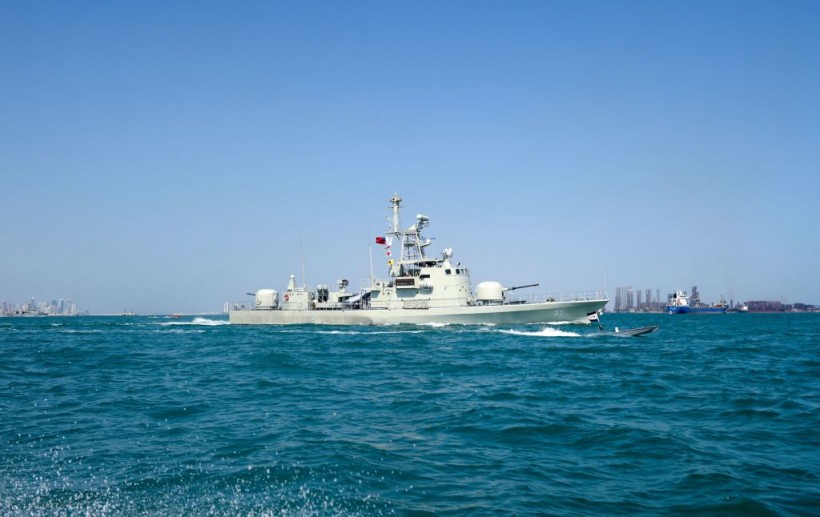According to a report by the AP, the US is accelerating the rollout of unmanned robotic ships as a cost-effective strategy to keep up with China's rapidly expanding fleet.

"Electronic Eye"
The Navy is accelerating the development of those robotic ships as an inexpensive means of keeping with China while pledging not to repeat expensive shipbuilding mistakes from recent years.
These unmanned vessels are intended to keep an "electronic eye" on enemies across the Pacific Ocean.
At the same time, a multi-national naval exercise is taking place in the Pacific Ocean this summer, utilizing the four largest drone ships of the Navy.
According to the AP, the Navy's 5th Fleet has already started using smaller waterborne drones in the waters of the Middle East.
The newly established Unmanned Surface Vessel Division 1 (USVDIV-1) will be in charge of speeding up the delivery of credible and reliable unmanned systems along with increasingly capable manned platforms into the fleet.
This unit will be taking part in this year's Rim of the Pacific (RIMPAC) naval exercises from June 29 to August 4, as reported by the US Naval Institute.
The Institute states that USVDIV-1 will control the unmanned support vessels Nomad and Ranger as well as the unmanned trimarans USV Sea Hunter and USV Sea Hawk.
The US Defense Advanced Research Projects Agency's (DARPA) Anti-Submarine Warfare Continuous Trail Unmanned Vessel (ACTUV) program introduced the Sea Hunter in 2016, and it is designed for operations in shallow water.
It has two diesel engines that can reach a top speed of 27 knots while using 40 tons of fuel for a 12-knot range of 10,000 nautical miles.
Sea Hawk and Sea Hunter
In 2021, the US Navy received the Sea Hawk, an improved model of the Sea Hunter. At 145 tons, it is significantly heavier and integrates more than 300 design lessons from the prior model.
Nomad and Ranger were transformed by the Pentagon's Strategic Capabilities Office (SCO) from commercial fast supply vessels used for a variety of offshore activities, including resupplying oil platforms and offshore wind farms, according to The Warzone.
They have sizable rear cargo areas as a result, which mission planners can reorganize to accommodate various payloads.
According to The Defense Post, the US Navy launched an SM-6 missile from the deck of the Ranger in September 2021 using a four-pack launcher. The test demonstrated the type's ability to function as an ad-hoc combatant using the distributed lethality concept of the US Navy.
Read also: 'Deepest Shipwreck Discovery': Explorers Find WW2 Navy Destroyer Below the Pacific
Integrating Artificial Intelligence
The US Naval Institute said that through experimentation carried out during RIMPAC 2022, USVDIV-1 will be able to gather information regarding the operational needs of the vessels and how to incorporate unmanned assets into a larger fleet structure.
The Navy aims to investigate how the radar and sensors on these research vessels can be integrated with artificial intelligence in the future, along with conventional cruisers, destroyers, submarines, and aircraft carriers, to generate a networked fleet that is resilient and hard to be destroyed by enemies.
Related Article: US Air Force Receives First 'Fighter-Mounted Laser Weapon' That Can Combat Hypersonic Missiles!
This article is owned by Tech Times
Written by Joaquin Victor Tacla





